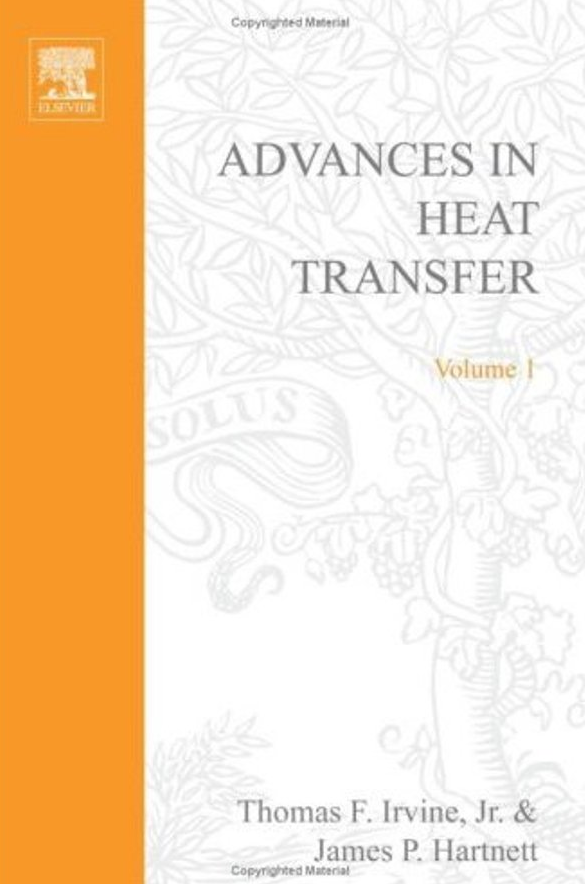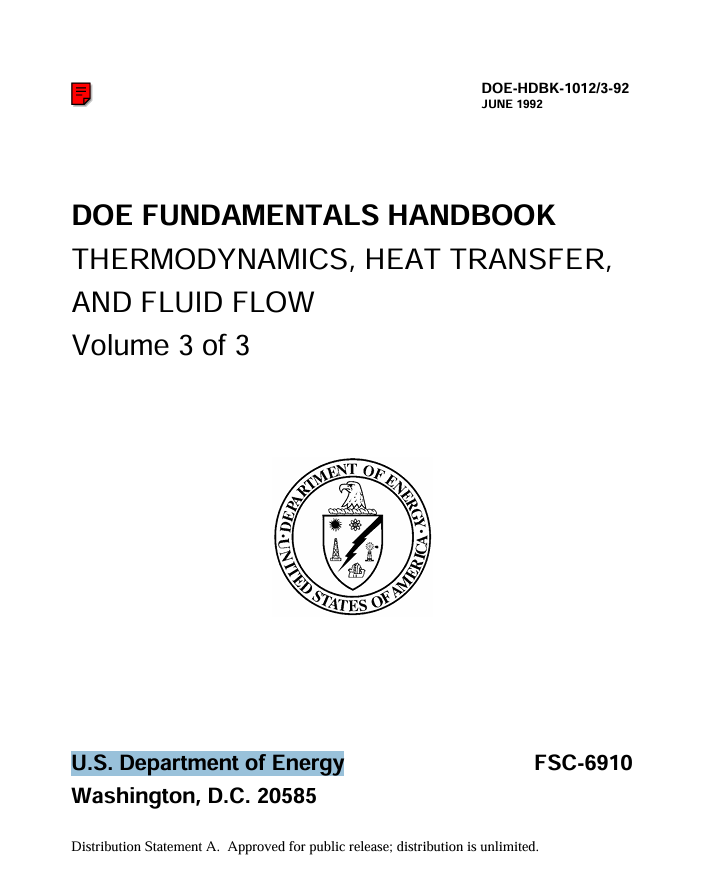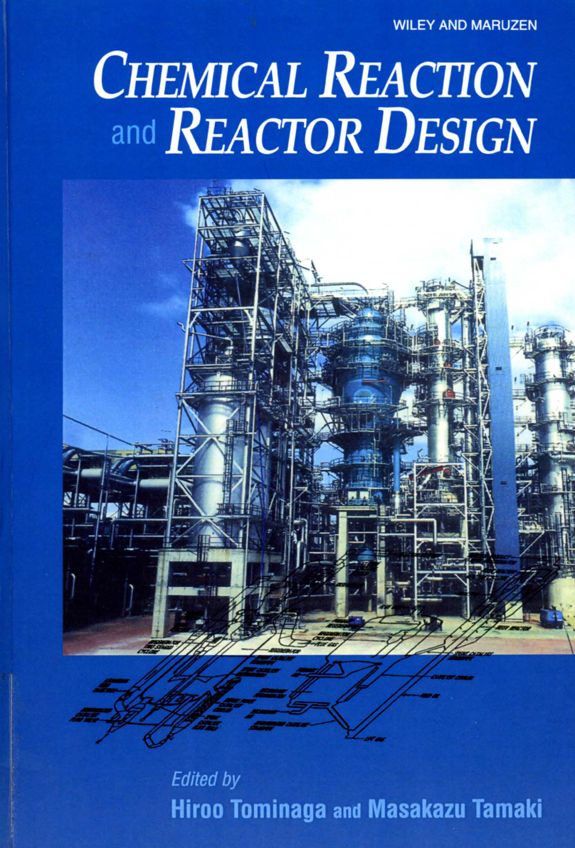The interaction of radiation upon other modes of heat transfer (i.e., conduction and convection) is an area which has recently aroused con- siderable attention. Basically, such interaction effects may be broken 1 A portion of the work described herein was supported by the National Science Foundation through Grant Number G-19189. PI R. D. CESS down into two main categories. The first involves radiation passing through an absorbing-emitting medium such as water vapor or quartz, for which net radiant energy is transferred to or from each element of the medium. Consequently, the conduction or convection process may be thought of as one involving heat sources and sinks. Due to the fact that the analytical expression for the source-sink effect must be formu- lated in terms of emissive power, problems of this type are of course nonlinear. In addition, radiation to or from an element will take place over paths of finite length resulting in an integral expression for the source-sink term, and consequently the equation expressing conservation of energy will be an integrodifferential equation.




